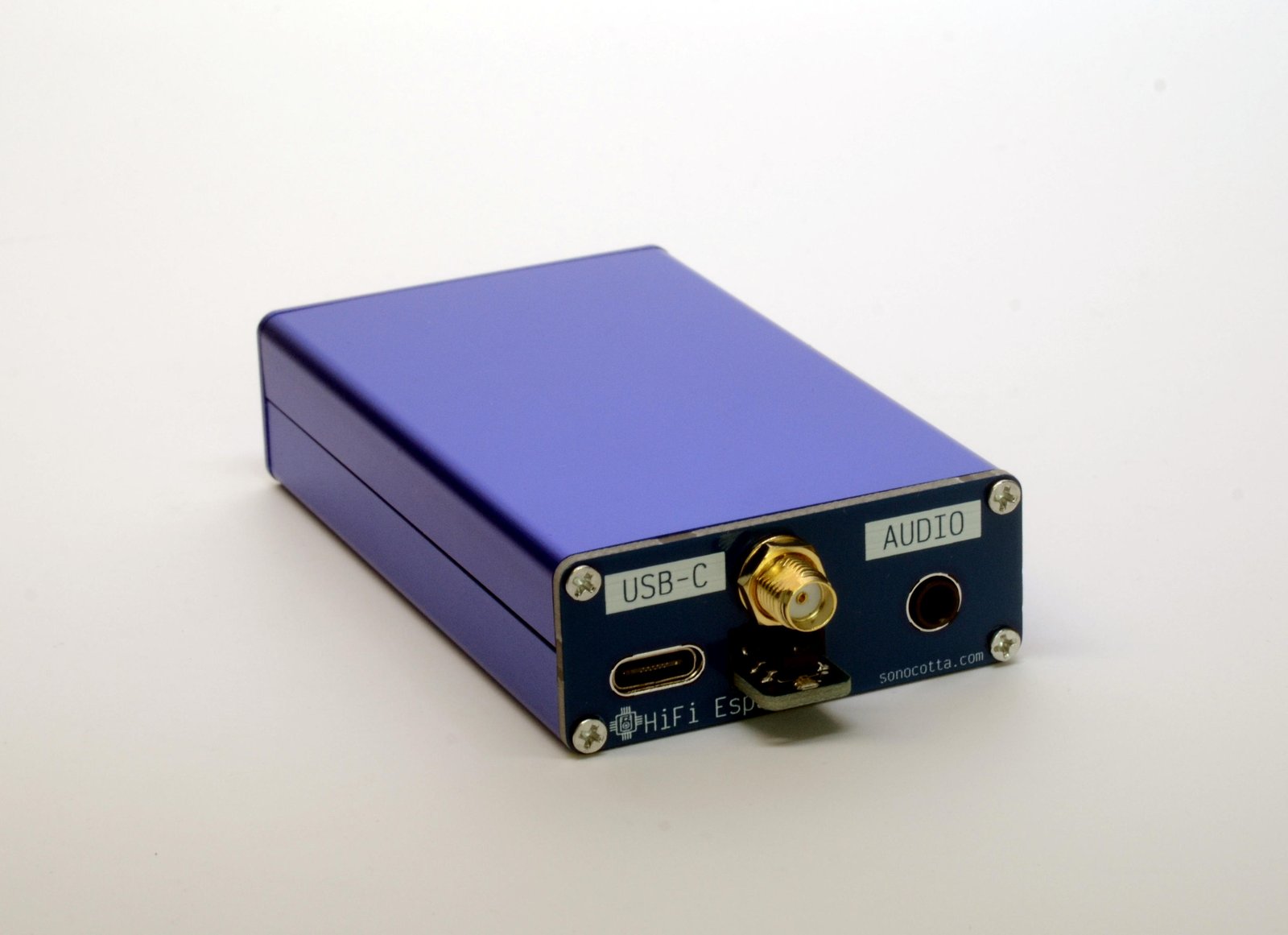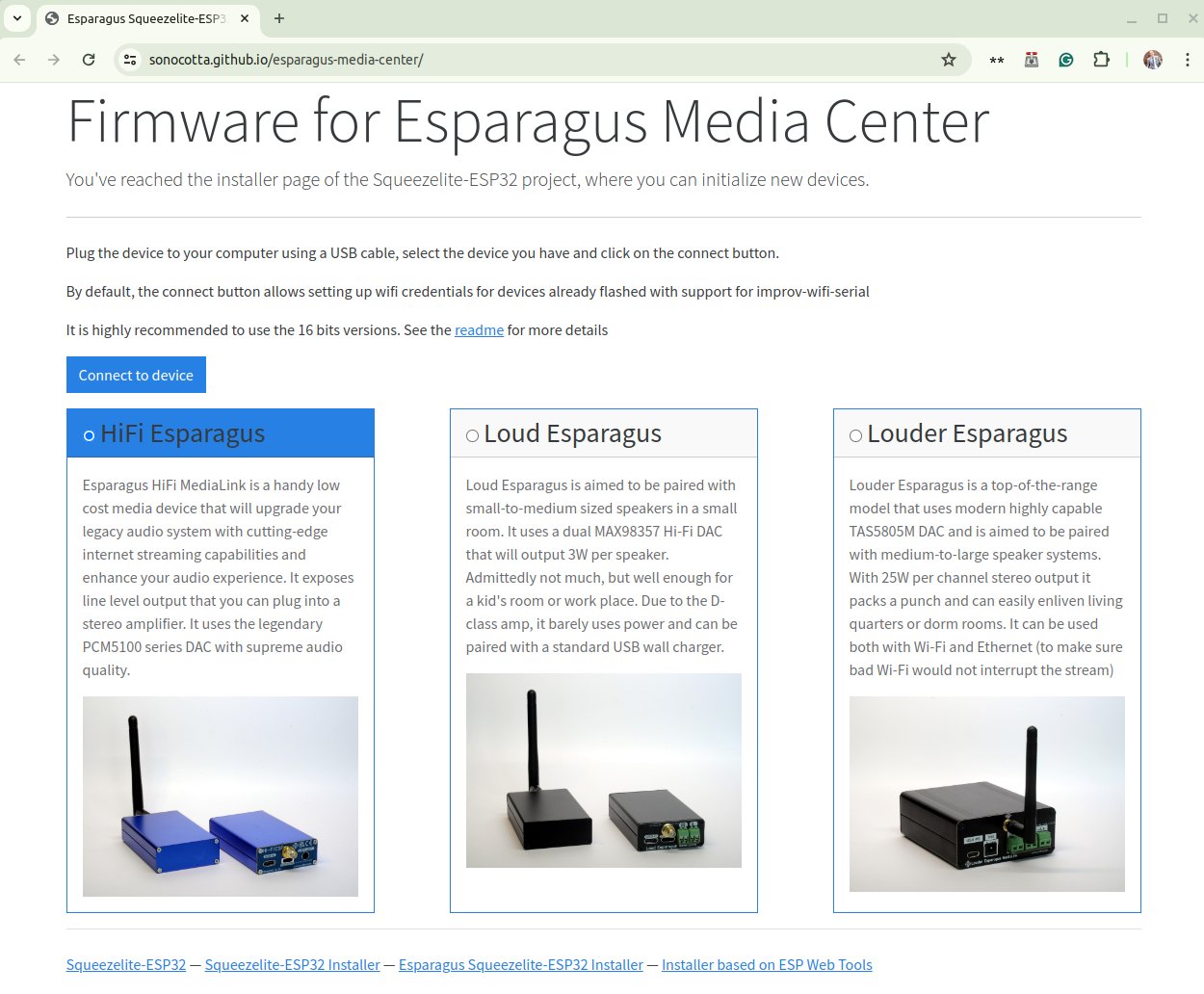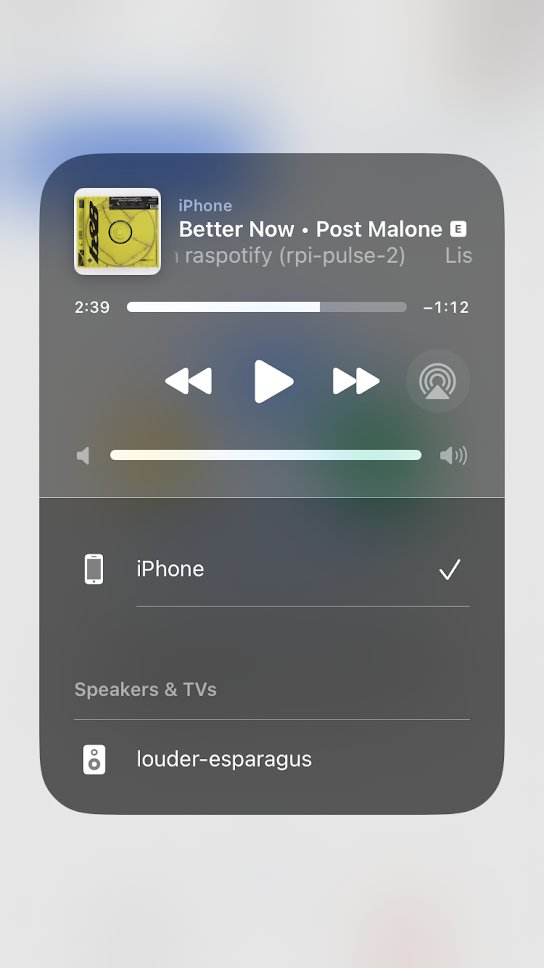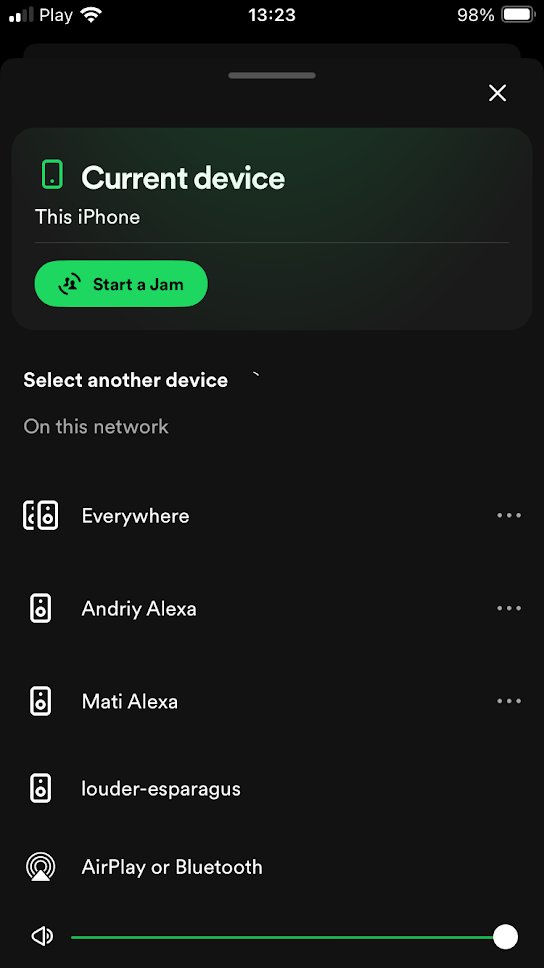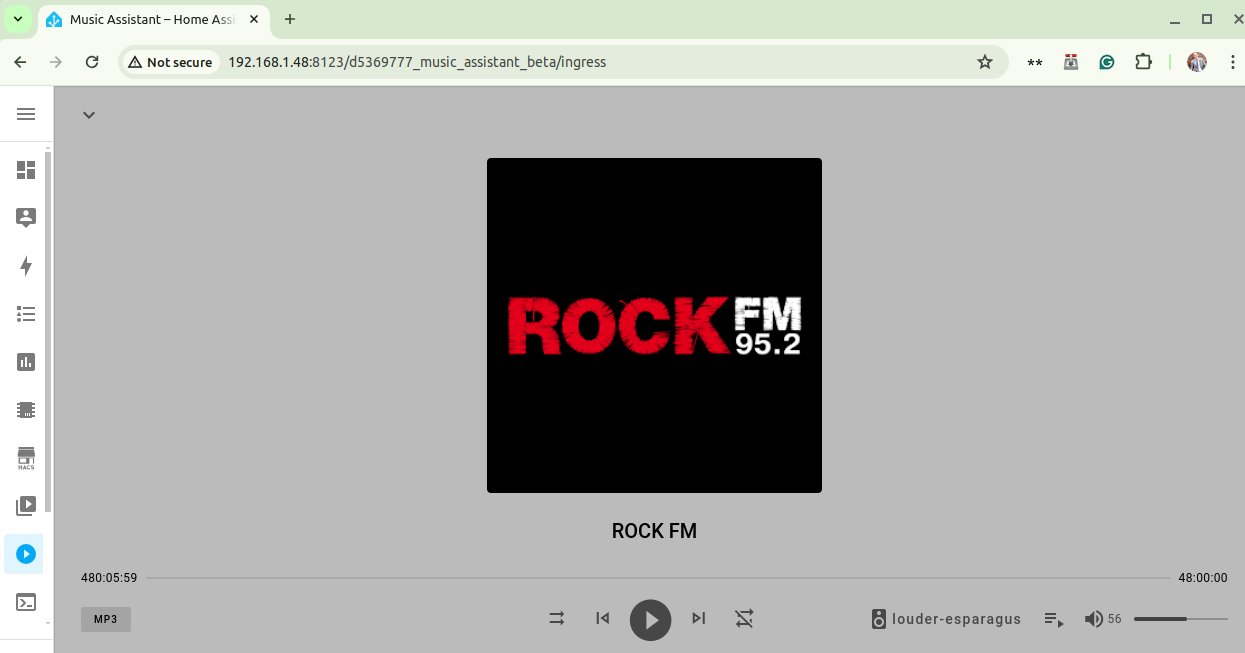Project update 2 of 9
Latest Hardware Developments Plus a Look at Esparagus' Software
by AndriyHardware Updates
Although all three boards are hardware mature, and I was not planning to do any more hardware changes, one last change indeed happened. HiFi Esparagus was the only board that lacked an RGB LED and IR reader, though originally it had both hidden inside the case for experimental purposes (as well as an OLED screen connector). Experiments since have shown that both are a quite convenient extra for the media player device. That’s why both the Loud and Louder boards have extended PCBs that expose the aforementioned peripherals. So the time has come for the HiFi version to get the same upgrade.
It is a bit of an odd place for an IR reader, I’ll agree. But two reasons convinced me to do it this way. First, today’s sensors are so sensitive they can pick up signals even when fired around a corner. Second, I didn’t want to mess up a perfectly minimal front panel.
Squezelite-esp32
The software I personally prefer (and flash onto the device by default) is squeezelite-esp32. Despite its LMS origins, it currently supports the much more modern Airplay and Spotify Connect, although LMS’ slimproto can offer much more than you’d expect.
Web-Flasher Tool
First things first, squeezelite-esp32 is a highly configurable tool. In fact, not a single line of code was required to add Esparagus boards support, it was all done via device configuration. Amazing!
This has another side though - bare firmware requires some effort to be adjusted to specific hardware. That’s why I decided to create (by which I mean fork and modify) the Esparagus Web Flashing tool. This tool flashes the sqeezelite-esp32 firmware to your Esparagus board using nothing but a browser, including board-specific configuration, so the only step required of you is to configure the WiFi credentials (optional if you’re using Ethernet).
Apple Airplay
As you’d expect, it just works out of the box. Your Apple device will discover it in the same network automatically and you can use Esparagus as a remote audio sink.
Spotify Connect
As long as you have Spotify Premium, you can use any of the speakers connected to the same network.
LMS Client or Slimproto
This protocol is not so popular these days, although people who use LMS-server tend to stick with it, since it is highly customizable and can be almost handcrafted to your personal needs. Another good reason is its great multi-room support that even today is not that easy to get (look at the SONOS speaker prices, for one).
There is an easier way though. Home Assistant (that many of you may already have at home, or you’re thinking about getting it) allows auto-discovery and uses slimproto (read Squezelite-esp32) devices in the network and can use them as individual speakers or as multi-room synced speakers. But more on that in the next week’s update. Here’s a teaser just for now:
